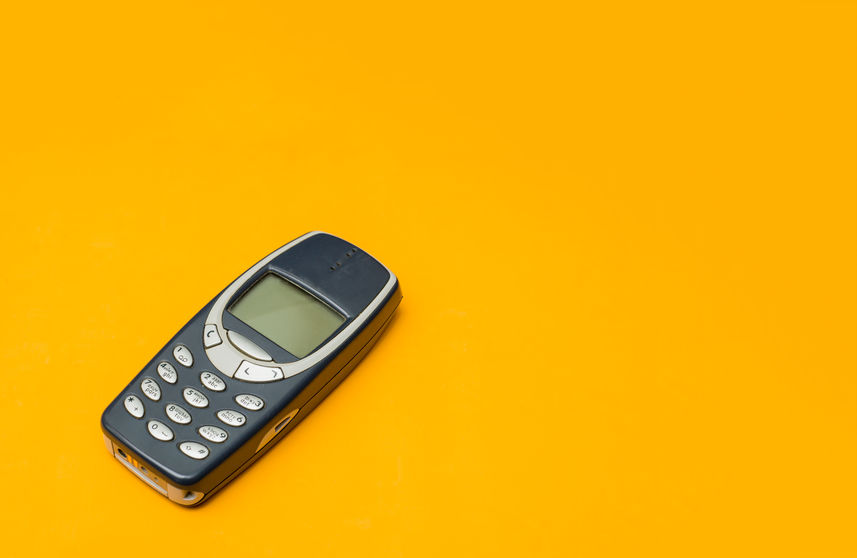Old Tech and New Tech Solutions You Should Keep Doing after the Pandemic Ends

Sam Rainer
When the pandemic hit, our church made two announcements within twenty-four hours. The first relayed the message our services were in-person as usual. The second quickly reversed that decision. The news seemed to move at lightning speed. In one moment, schools and restaurants were open. The next they were closed.
We had to rethink church completely. Churches everywhere made the quick move online. Physical distance become the norm for ministry.
Ideas sprang up on how to manage the crisis. Drive-in church became a thing again. What launched Schuller and the Crystal Cathedral in the 1950s was all of a sudden back in vogue. Old fashioned solutions are paralleling new tech experiments. My team is writing snail mail letters. We’re also pushing the limits of software for producing our services. Phone calls are surging faster than internet use. It’s weird out there right now. Both old tech and new tech are working in tandem.
Not everything you are doing right now will last into the future, but some strategies need to continue.
Keep making phone calls and writing letters. Phone calls are low tech. Hand-written letters are no tech. But there is value in the personal connection they bring—and not just during a crisis.
Keep building your church email list. This one sounds like something out of the early 2000s. However, a church with a strong email list can communicate better than a church with a strong social media presence. The main idea here is you own your email list. The social media company owns your online presence. You can control when an email hits an inbox. You can’t control when someone sees your social media post. Algorithms can change quickly and without you knowing. Most people keep their emails for long periods of time.
Keep moving people towards online giving. Those who give online tend to be more consistent in their giving, especially if the giving is automated through weekly or monthly transactions.
Keep an option for groups via video calls. Video groups will never completely replace in-person groups, but they will understandably become more popular. Frankly, most churches are still using a form of Robert Raike’s model from the 1700s. We’re overdue for a paradigm shift. With the increased bandwidth available for streaming video—something not widely available fifteen years ago—more churches can and will move in this direction.
Now is the time to focus your energy on the things you will keep doing after the pandemic ends. Your time is better spent dedicated to the solutions that have a chance to continue. There is no sense in trying to be the best drive-in church. But online giving and groups via video calls are worth your extra time.






